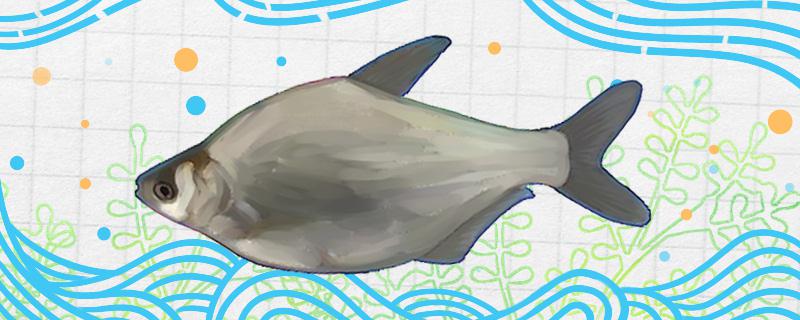
is Wuchang fish? Wuchang fish is one of the common fish in China, also known as "mackerel" and "grass mackerel". In terms of classification, Wuchang fish belongs to Osteichthyes, Cypriniformes, Cyprinidae, Megalobrama. The body shape of Wuchang fish is diamond-shaped, the head is very small, the proportion occupied in the whole body is very small, the mouth is relatively wide, and it is curved. The body surface of Wuchang fish is covered with a layer of scales, and the color of the edge of the scales is dark. The overall color of Wuchang fish is gray, the back is close to grey, and the abdomen is silver gray. The color of each fin is dark, gray and black.
Wuchang fish is a freshwater fish, adapted to life in freshwater, can not adapt to the very high salinity environment. Originally, Wuchang fish was the most widely distributed in the Yangtze River Basin, and later in the freshwater basins of North China and Northeast China. They usually live in the middle or bottom of the water. In terms of feeding habits, Wuchang fish belong to omnivorous fish. They sometimes eat plants around them, and sometimes eat small animals around them, such as cladocerans, copepods and so on. Wuchang fish can be raised artificially, and this behavior is relatively common, so they can obtain higher economic benefits.
does Wuchang fish grow? As mentioned above, Wuchang fish belongs to freshwater fish, so they grow in freshwater. Specifically, Wuchang fish is widely distributed in all kinds of freshwater, such as lakes, reservoirs, rivers and other places. From the point of view of the water layer where Wuchang fish grows, Wuchang fish often grows in the middle or bottom layer, especially in the bottom layer, the number of Wuchang fish is large. Wuchang fish have requirements for some factors in the water environment, for example, they have requirements for the flow speed, often live in still water, and are less distributed in the basin with faster flow speed. In addition, they also have food requirements, so they grow in places where there are many aquatic plants and silt.